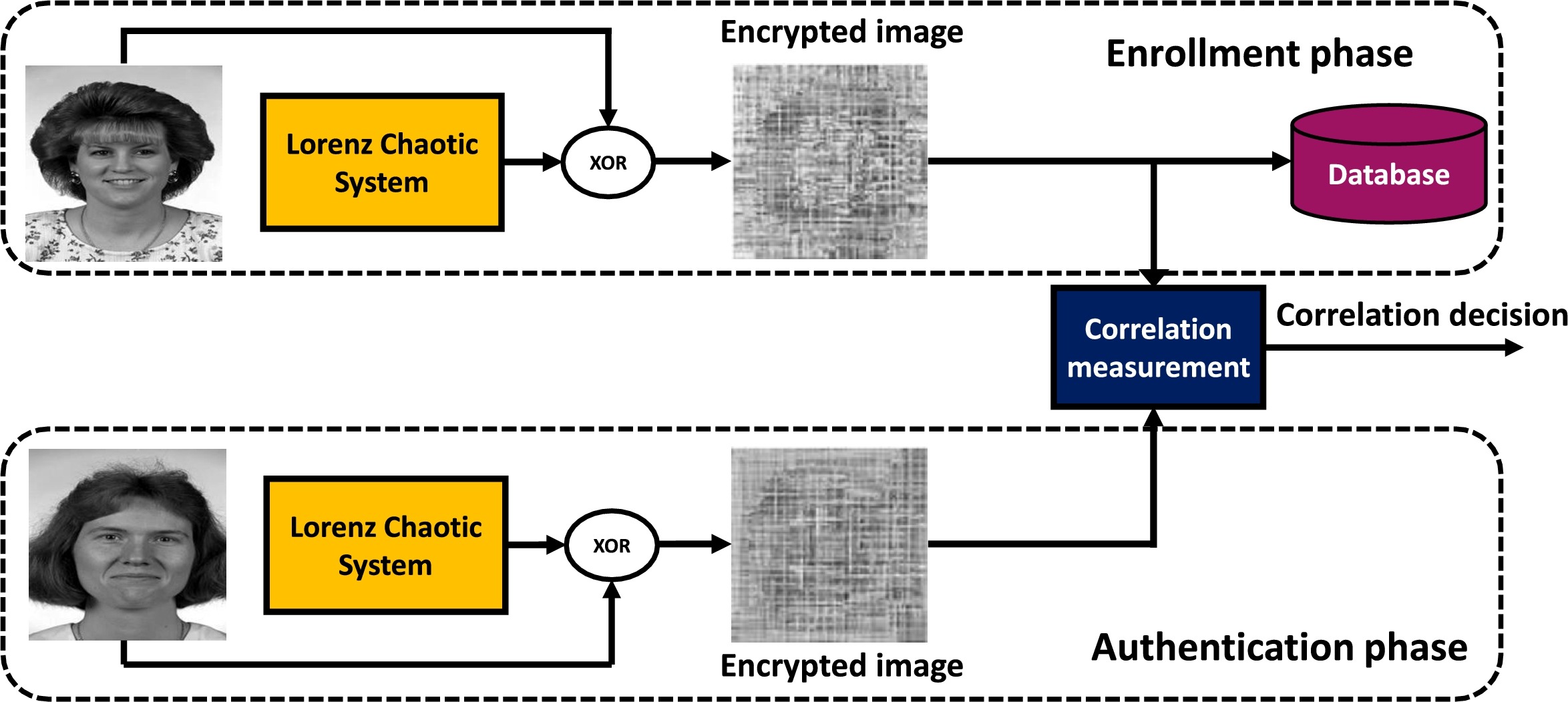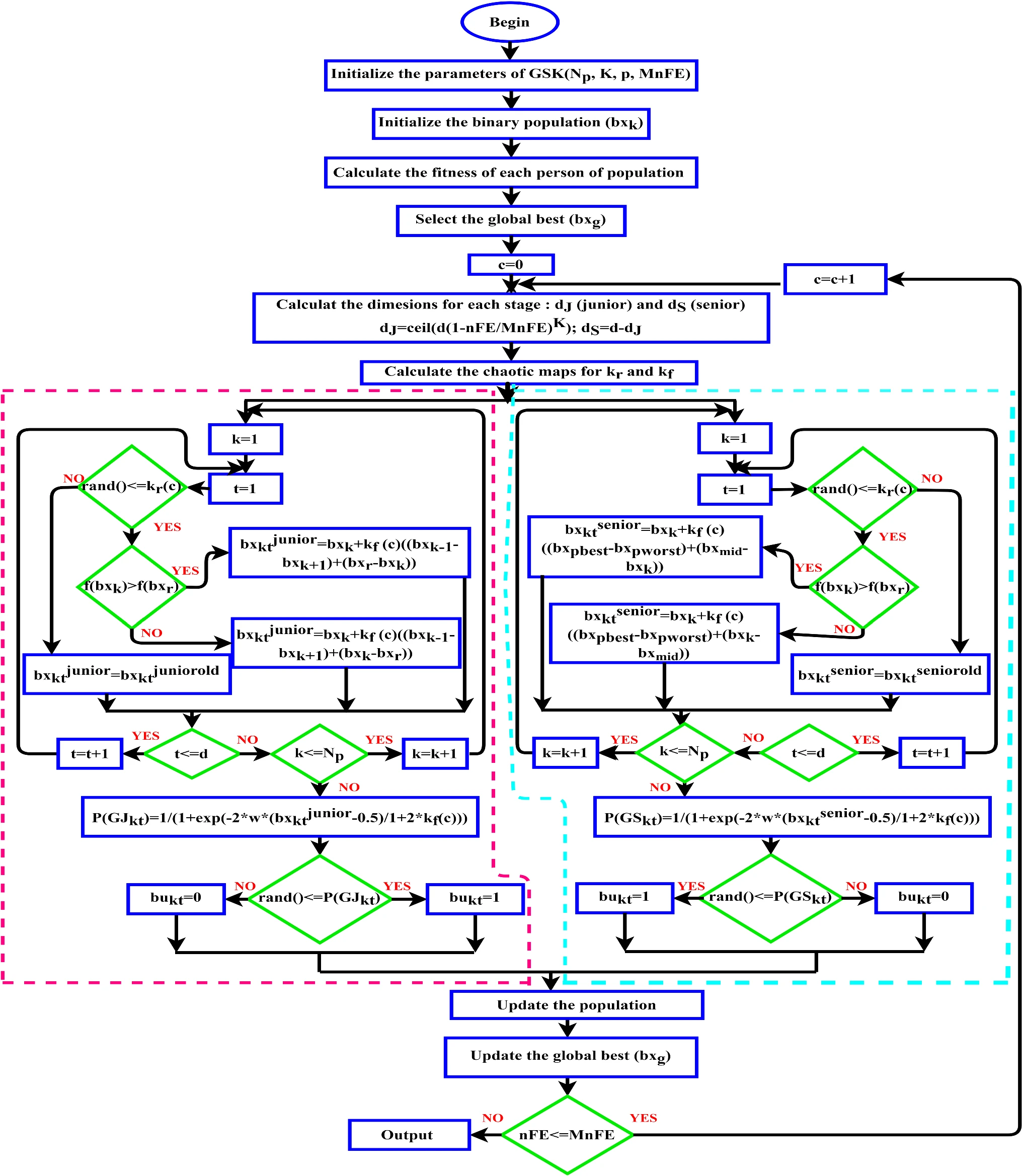Breadcrumb
Architectures and Challenges Towards Software Defined Cloud of Things (SDCoT)
Last decade witnessed a growth on developing of IoT architecture models to cope with various challenges and domains requirements. This leads to rapid increasing the number of the connected devices, which means large amount of data are needed to be stored and processed. Form this context, Cloud Computing is emerged as a solution to enable centrally unlimited storage of data and programs with the ability to access anytime from anywhere. The integration between IoT and cloud brings the concept of Cloud of Things (CoT) to support different types of data and multiple services with data ubiquity
Fractional chaos maps with flower pollination algorithm for chaotic systems’ parameters identification
Meta-heuristic optimization algorithms are the new gate in solving most of the complicated nonlinear systems. So, improving their robustness, reliability, and convergence speed is the main target to meet the requirements of various optimization problems. In the current work, three different fractional-order chaos maps (FC-maps), which have been introduced recently, are incorporated with the fundamental flower pollination algorithm to tune its parameters adaptively. These maps are fractional logistic map, fractional sine map, fractional tent map, and their integer-order versions. As a result
Association between long noncoding RNA taurine-upregulated gene 1 and microRNA-377 in vitiligo
Background: Taurine-upregulated gene 1 (TUG1) is one of the long noncoding RNAs (lncRNAs) that plays a role in melanogenesis. MicroRNA-377 (miRNA-377) is a conserved noncoding RNA that regulates angiogenesis and promotes oxidative stress. Peroxisome proliferator-activated receptors (PPARs) are components of the nuclear hormone receptor superfamily. PPAR-γ activators stimulate melanogenesis. Interleukin (IL)-17 has been implicated in the pathogenesis of several immunological diseases. This work aimed at detecting the expression levels of lncRNA TUG1, miRNA-377, PPAR-γ, and IL-17 among vitiligo
Replay attack on lightweight CAN authentication protocol
Day after day, users' expectations of tomorrow vehicles' features are increasing. Although the industry's prime goal is users' satisfaction, many unsolved problems are still present. Amongst the major challenges are the huge interconnections and dependability within the Electronic Control Unit (ECU) used inside vehicles. Five years ago, the number of ECUs within a vehicle was about 70 ECUs. This number has doubled nowadays, and it is expected to double again in the near future. This adds challenges to both of network management and network security. The purpose of this paper is to enhance the

Cancellable face recognition based on fractional-order Lorenz chaotic system and Haar wavelet fusion
Cancellable biometrics is the art of generating distorted or encrypted templates of original biometric templates. The evolution of cancellable biometrics is attributed to the advanced hacking technologies that can capture the original stored biometrics from databases. One of the solutions for this problem is to store cancellable biometric templates in the database rather than the original ones. This paper presents a cancellable face recognition scheme that is based on face image encryption with Fractional-Order (FO) Lorenz chaotic system. The basic idea is to generate user-specific random keys
Two implementations of fractional-order relaxation oscillators
This work proposes general formulas for designing two different topologies of fractional-order relaxation oscillators. One topology contains an Operational Amplifier and the other one relies on an Operational Trans-Resistance Amplifier. The design procedure hinges on the general fractional-order natural and step responses of RC, which is proved in this work depending on Mittag Leffler function. The proposed topologies can be controlled to generate symmetrical and non-symmetrical square wave signals. They also benefit from the employment of fractional-order capacitors (FOCs), which makes it

Optimization of fractional-order RLC filters
This paper introduces some generalized fundamentals for fractional-order RL β C α circuits as well as a gradient-based optimization technique in the frequency domain. One of the main advantages of the fractional-order design is that it increases the flexibility and degrees of freedom by means of the fractional parameters, which provide new fundamentals and can be used for better interpretation or best fit matching with experimental results. An analysis of the real and imaginary components, the magnitude and phase responses, and the sensitivity must be performed to obtain an optimal design

Chaotic gaining sharing knowledge-based optimization algorithm: an improved metaheuristic algorithm for feature selection
The gaining sharing knowledge based optimization algorithm (GSK) is recently developed metaheuristic algorithm, which is based on how humans acquire and share knowledge during their life-time. This paper investigates a modified version of the GSK algorithm to find the best feature subsets. Firstly, it represents a binary variant of GSK algorithm by employing a probability estimation operator (Bi-GSK) on the two main pillars of GSK algorithm. And then, the chaotic maps are used to enhance the performance of the proposed algorithm. Ten different types of chaotic maps are considered to adapt the
AROMA: Automatic generation of radio maps for localization systems
Current methods for building radio maps for wireless localization systems require a tedious, manual and error-prone calibration of the area of interest. Each time the layout of the environment is changed or different hardware is used, the whole process of location fingerprinting and constructing the radio map has to be repeated. The process gets more complicated in the case of localizing multiple entities in a device-free scenario, since the radio map needs to take all possible combinations of the location of the entities into account. In this demo, we present a novel system (AROMA) that is
Transmission power adaptation for cognitive radios
In cognitive radio (CR) networks, determining the optimal transmission power for the secondary users (SU) is crucial to achieving the goal of maximizing the secondary throughput while protecting the primary users (PU) from service disruption and interference. In this paper, we propose an adaptive transmission power scheme for cognitive terminals opportunistically accessing a primary channel. The PU operates over the channel in an unslotted manner switching activity at random times. The secondary transmitter (STx) adapts its transmission power according to its belief regarding the PU's state of
Pagination
- Previous page ‹‹
- Page 8
- Next page ››
